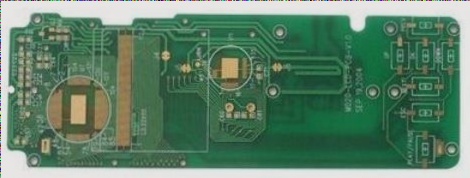Knurling is a mechanical process used to create patterns on the handles or other functional surfaces of metal products. It is primarily used to prevent slipping. The process involves either surface extrusion or cutting. This article discusses common issues encountered during knurling and provides some helpful suggestions for addressing them.

1. Select the Appropriate Knurling Tool and Wheel Based on the Knurling Specifications
When performing knurling, if the workpiece is made of stainless steel, it is advisable to use a cutting knurling tool. For smaller workpieces, a clamped knurling tool can be used. If performing end-face knurling, it is recommended to use an end-face or cone knurling tool. For processing fine gaps or knurling on high-hardness materials, selecting the correct tool is crucial.
2. Align the Knurling Tool with the Workpiece Center Height
When setting up the knurling tool, ensure that its center height matches the height of the workpiece on the machine. If the alignment is off, it will be difficult for the tool to cut into the workpiece surface properly. Additionally, tilt the tool and workpiece at a small angle of about 3° to allow the knurling tool to engage the surface more easily. It’s also essential to securely fasten the knurling tool, as the cutting forces during knurling are much higher than during turning. In addition to tightening the tool holder screws, ensure the tool holder handle is pressed firmly in place.
3. Increase the Feed Rate During Initial Processing
During the knurling process, the knurling wheel applies pressure to the workpiece. If the pressure is too low, it can result in uneven or distorted textures. A higher feed rate will quickly imprint the pattern, and you can then repeat the rolling process until the texture is fully formed. However, be cautious not to set the feed rate too high, as this could cause the knurling wheel to collapse or even damage the machine tool.
4. Control the Processing Speed
The cutting speed should be in the range of 10-15 m/min. For example, with an outer diameter of 20mm, the rotational speed should be set around 200 RPM. If using a precise digital-controlled machine tool, emulsion lubrication should be applied for cooling.
- Formula for Cutting Speed:
Vc = πDN / 1000
π: 3.14
D: the diameter of the rotating body on the machine
N: the speed (RPM)
1000: conversion factor from mm to meters

Images are sourced from the Internet
If you have any questions about PCBs or PCBA, please feel free to contact me at info@wellcircuits.com.




